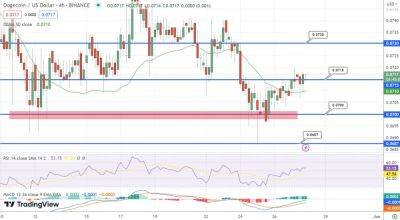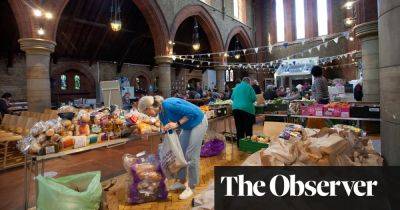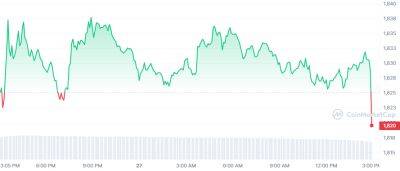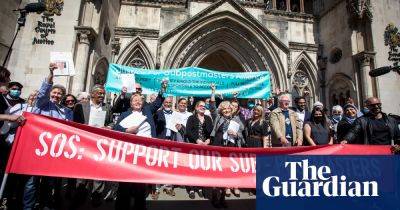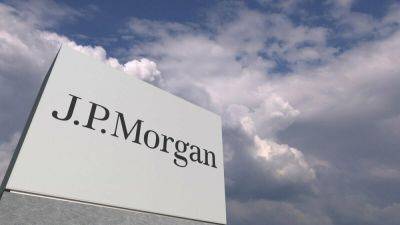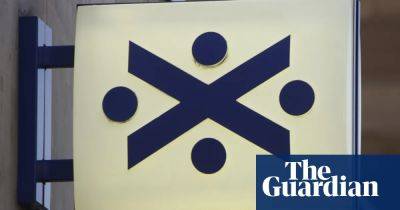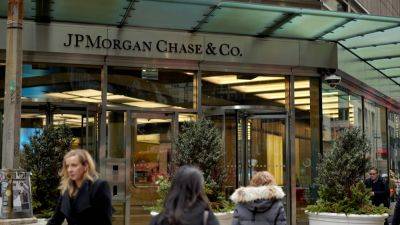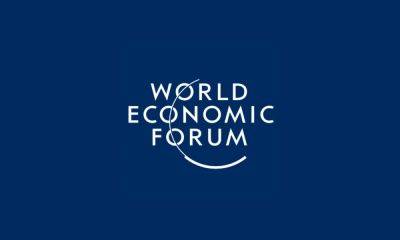Cheddar or bougie brie? How inflation has hit your cheese sandwich options
More than half of us are worried about the rising cost of eating, as food prices rise at their fastest rate since 1977.
But that did not stop Ann Widdecombe landing herself in a pickle on Tuesday by suggesting people who could not afford cheese sandwiches should simply forgo them.
Reacting to BBC analysis that the price of a cheese sandwich had risen more than a third in a year, the former Tory minister said people should not have cheese sandwiches if they could not afford the ingredients.
So how has the lunchtime staple changed with inflation? The Guardian has analysed figures from the retail research firm Assosia – which tracks prices across the big four supermarkets – as well as official inflation data from the ONS, to find out how much four forms of cheese sandwich have been affected.
The bread and butter of cheese sandwiches – in this case, literally: two slices of own-brand white bread, cheddar cheese and butter – is much more expensive than it was just a year ago.
The Guardian’s analysis of Assosia figures puts the cost of one sandwich at 40p – up 23% from last May (separate ONS figures show an inflation rate of 35% in the year to March, suggesting inflation could be starting to fall).
Rising prices have hit dairy products hard. They are relatively energy-intensive to produce, and farmers have seen rising costs for animal feed and fertiliser thanks to rising energy prices caused by the war in Ukraine. Last summer’s drought also dried up grazing land, which further increased prices.
Because of its popularity, milk has historically been sold with very low profit margins, meaning rising costs for producers will be directly passed on to consumers. Cheddar cheese – which requires a lengthy chilling period to allow it to
Read more on theguardian.com






